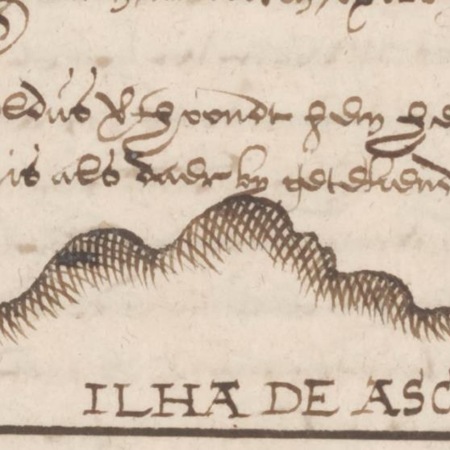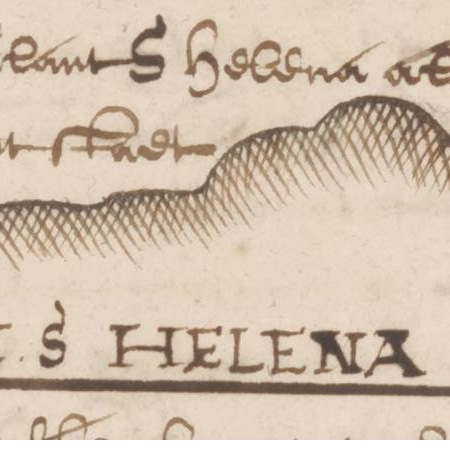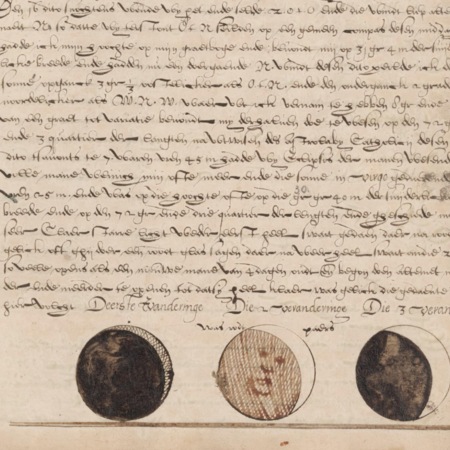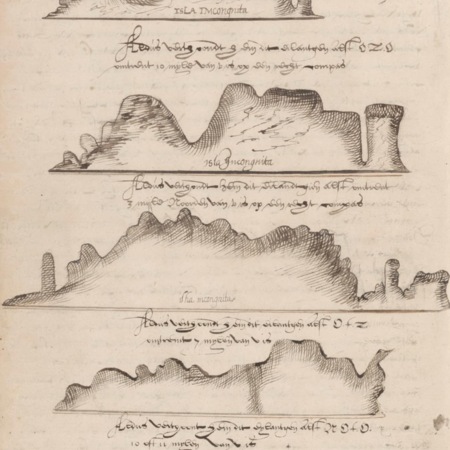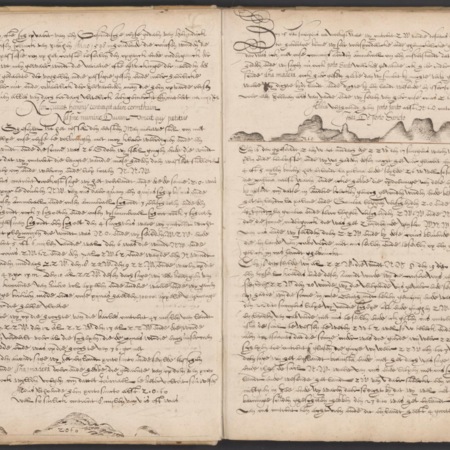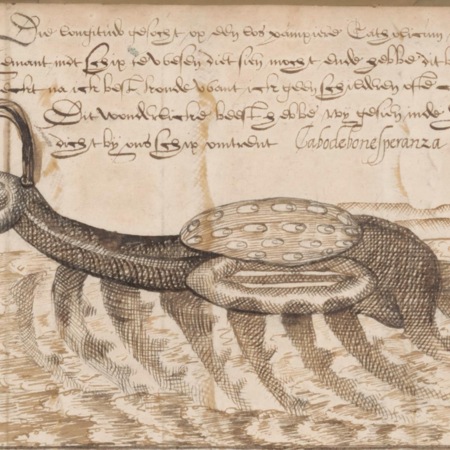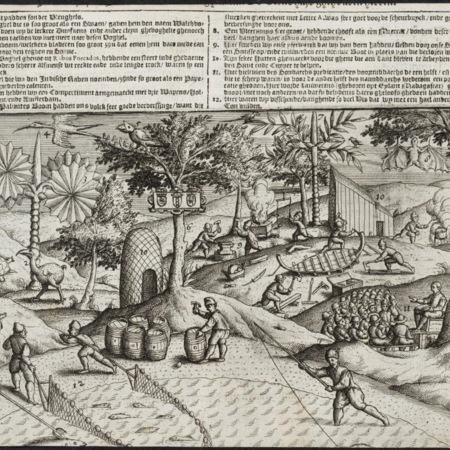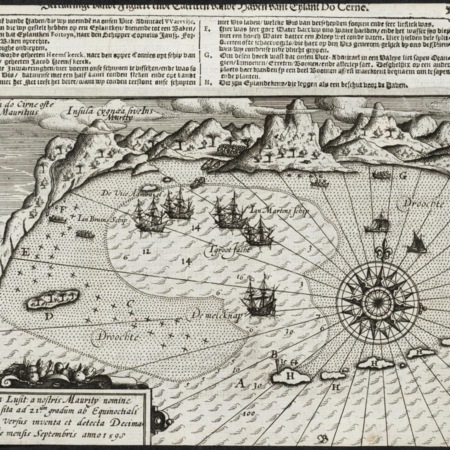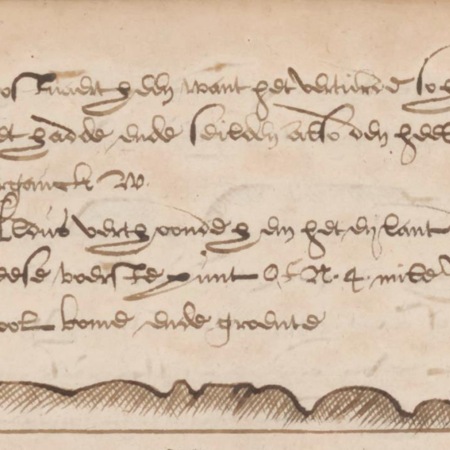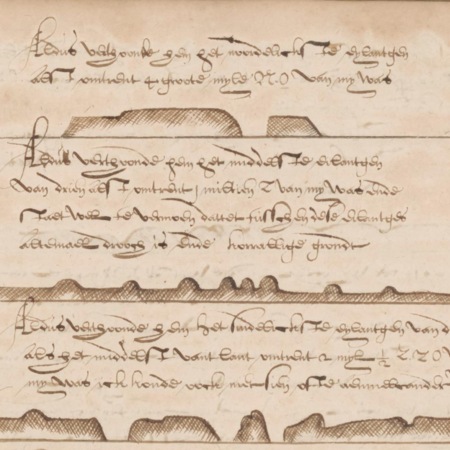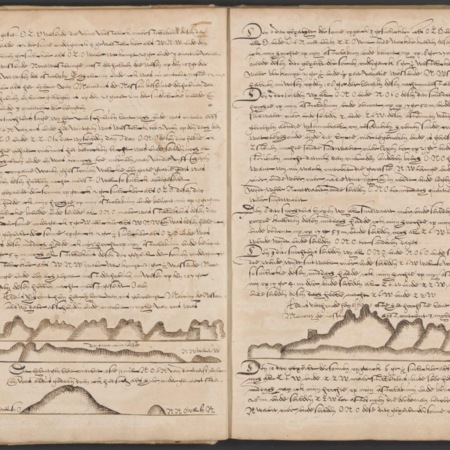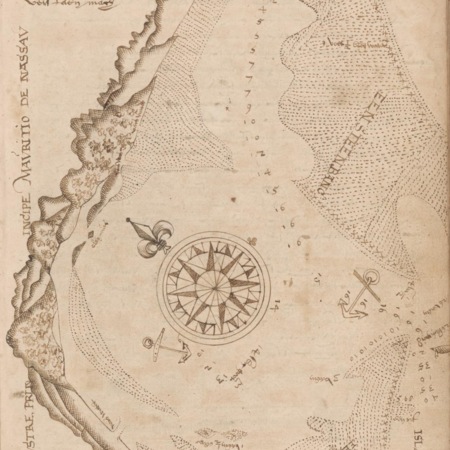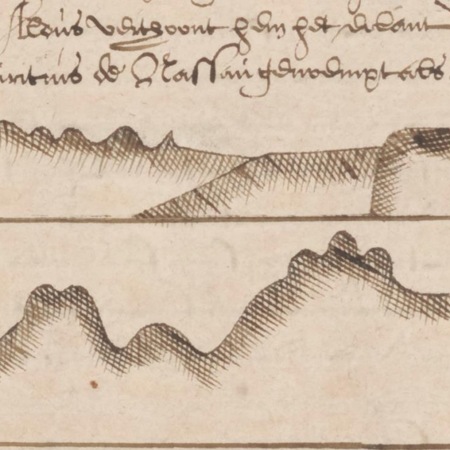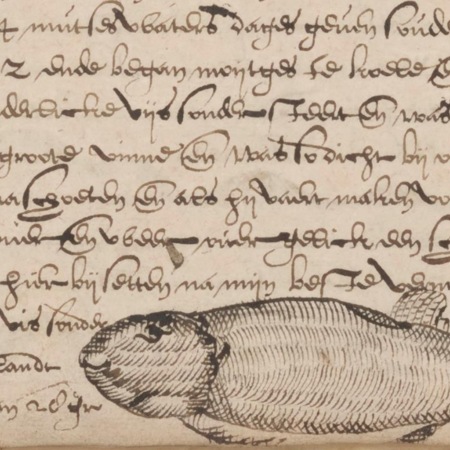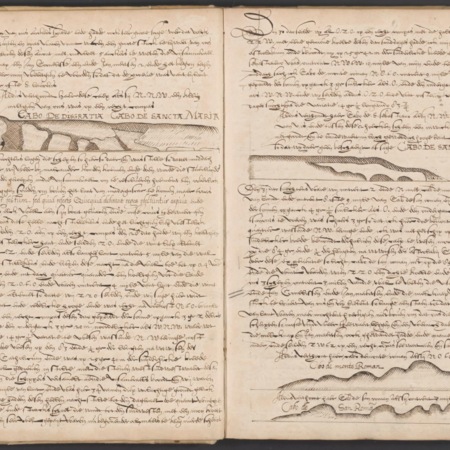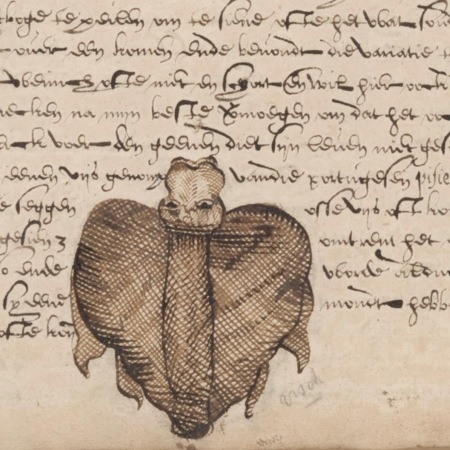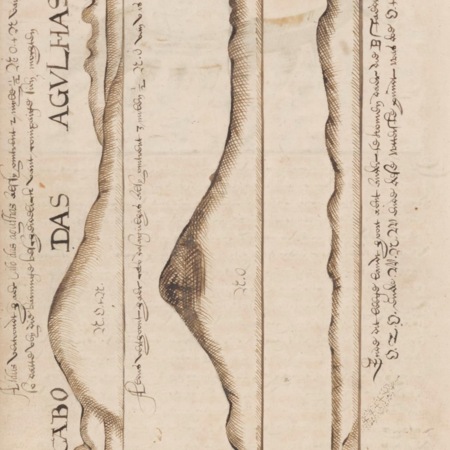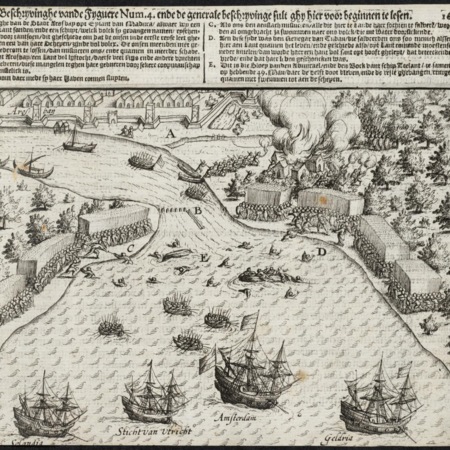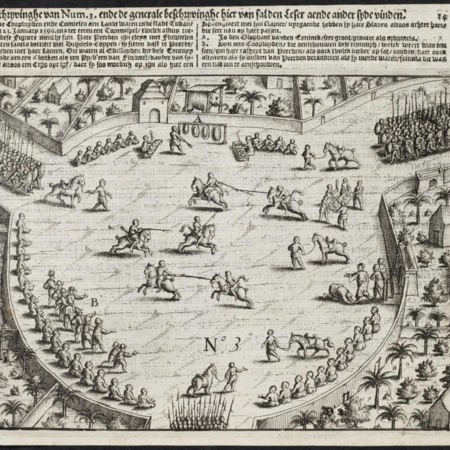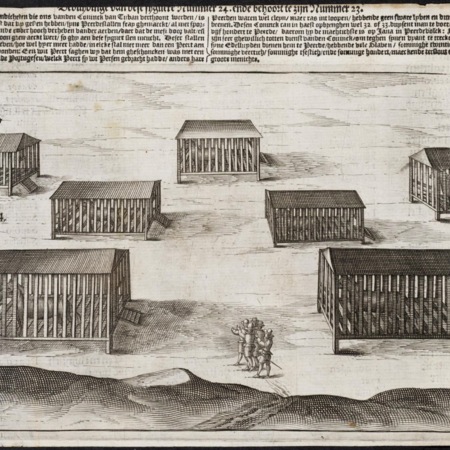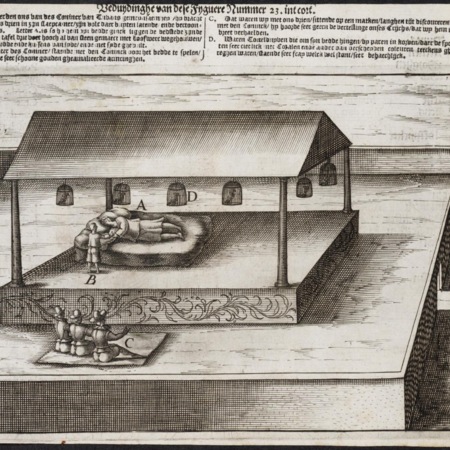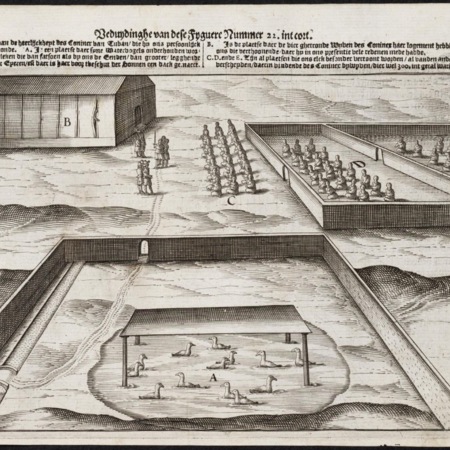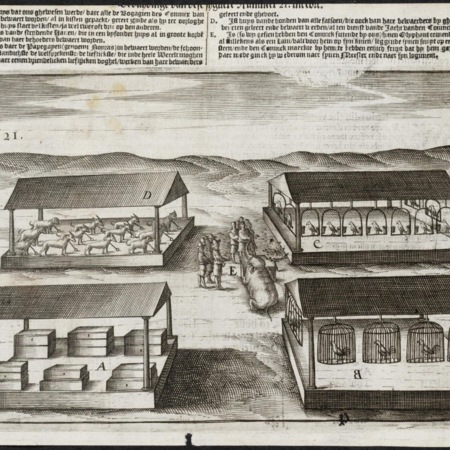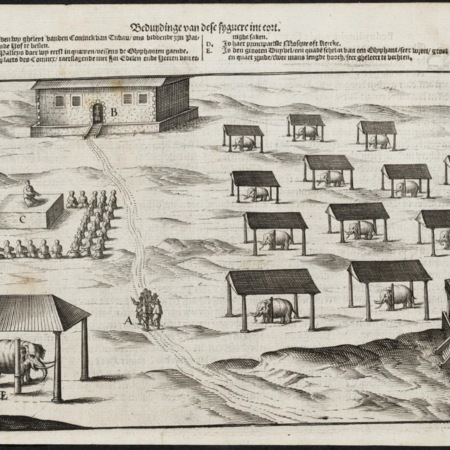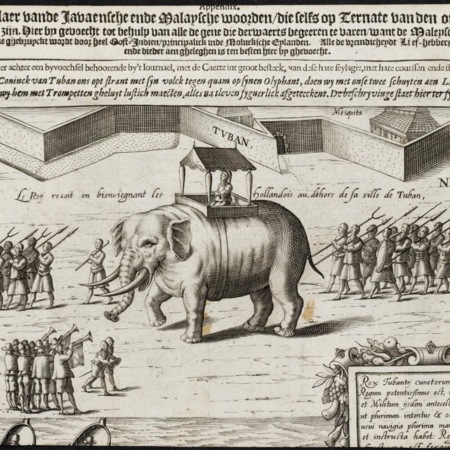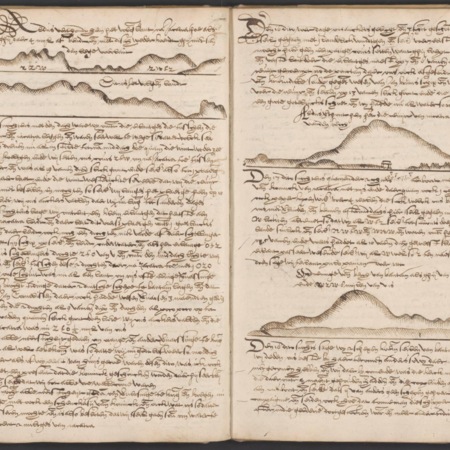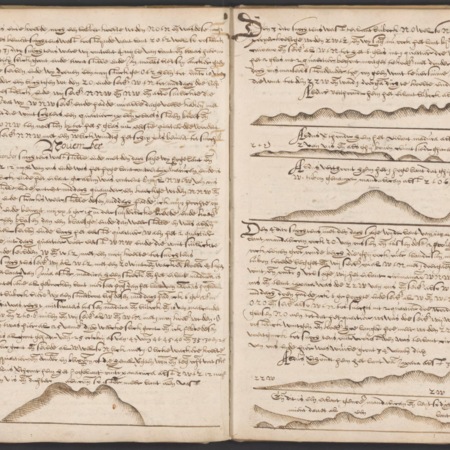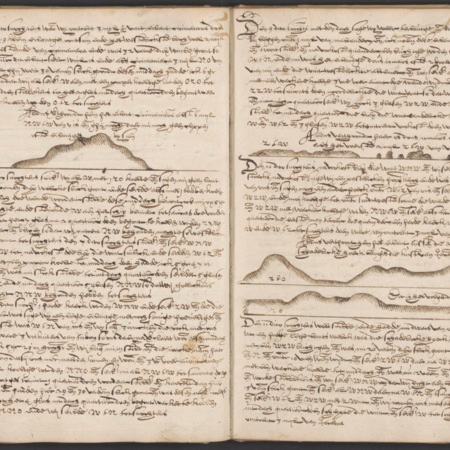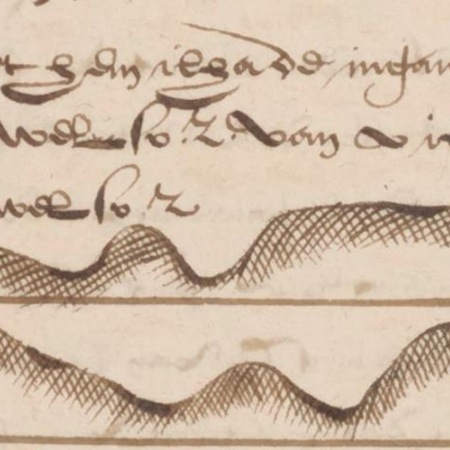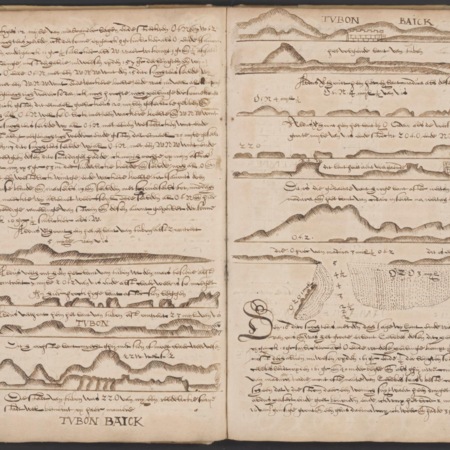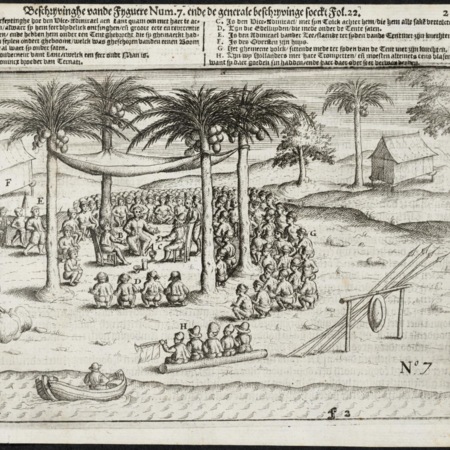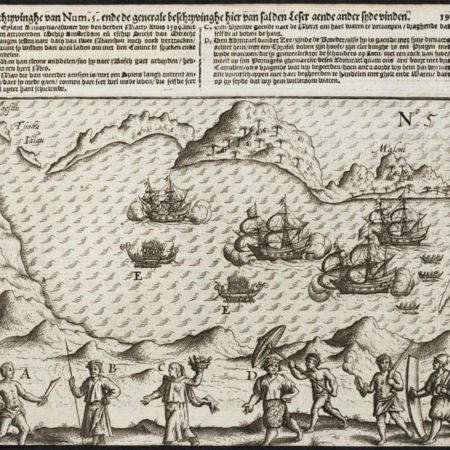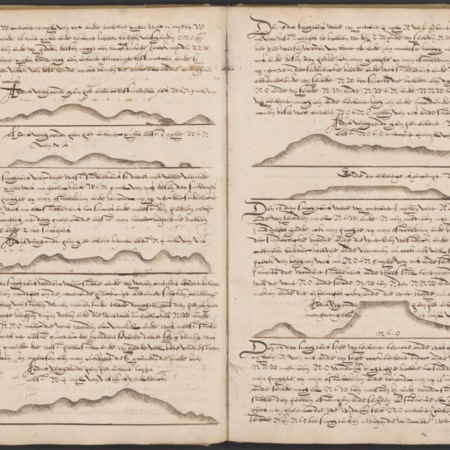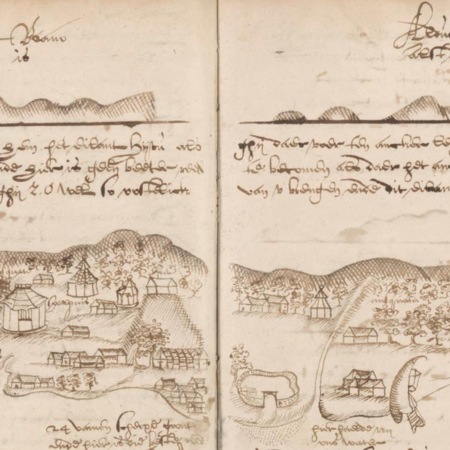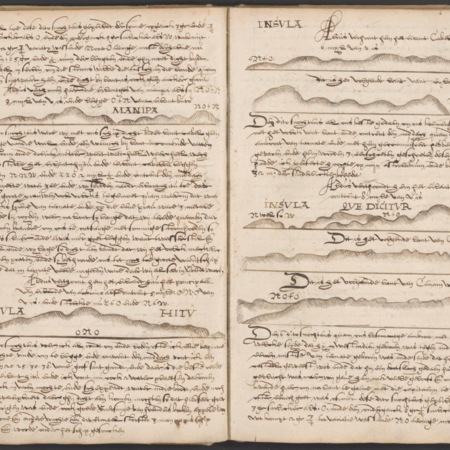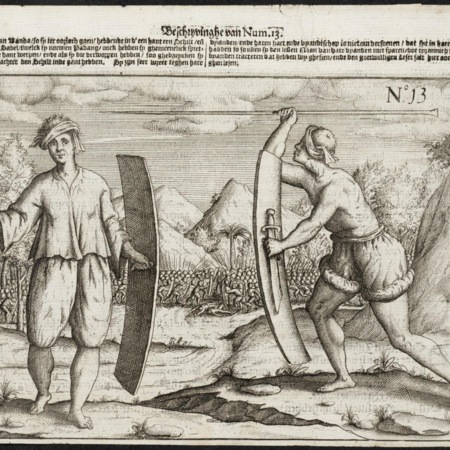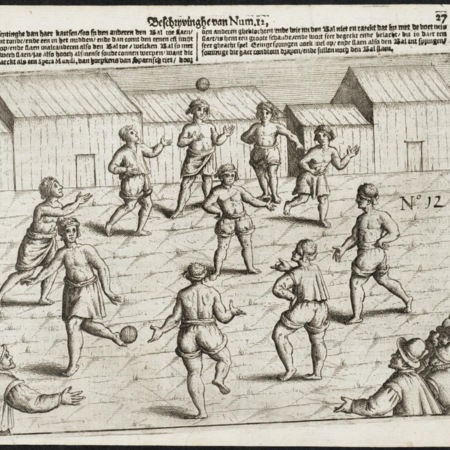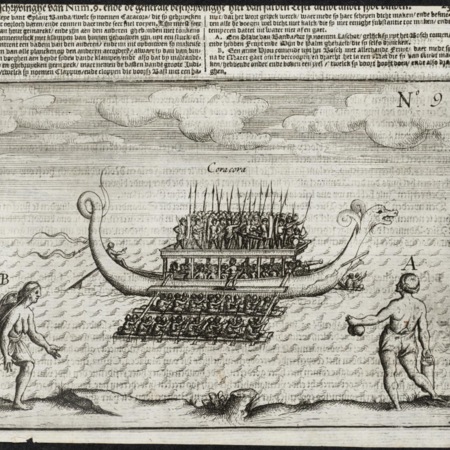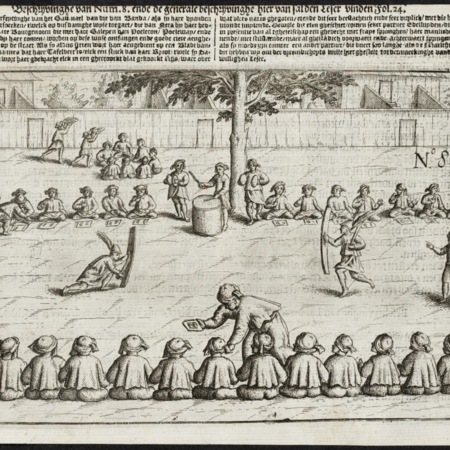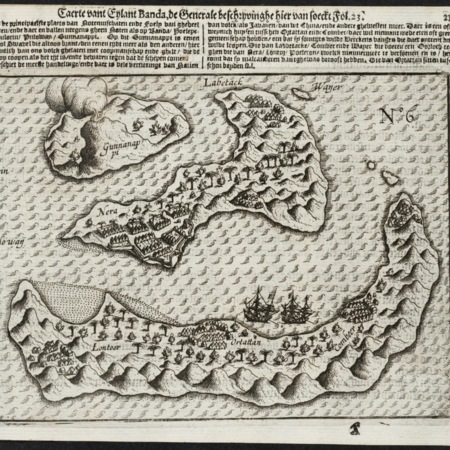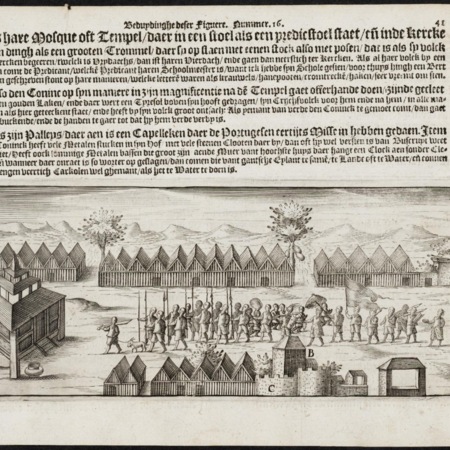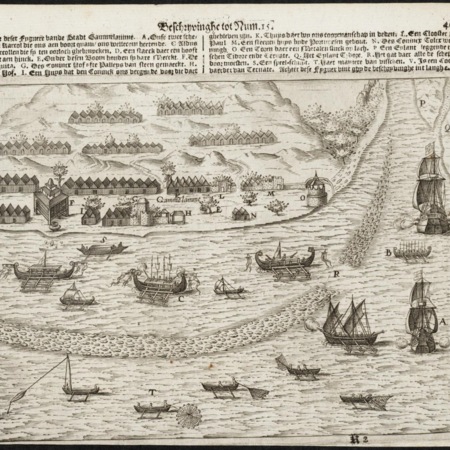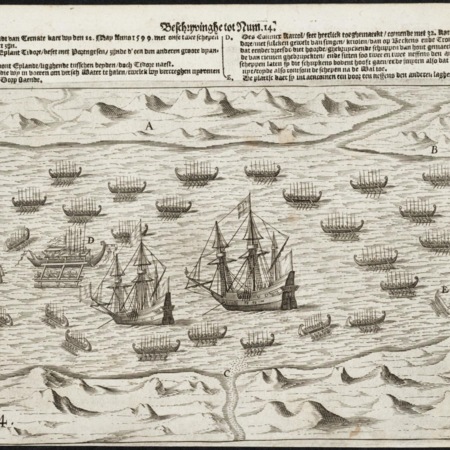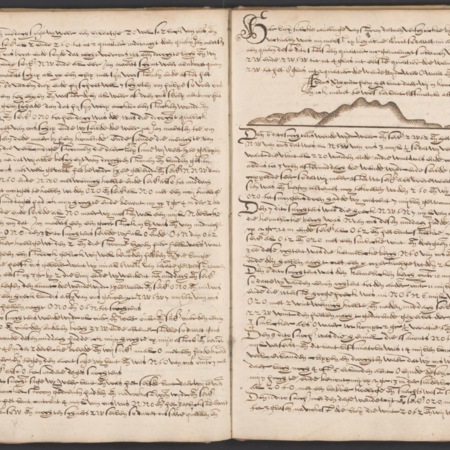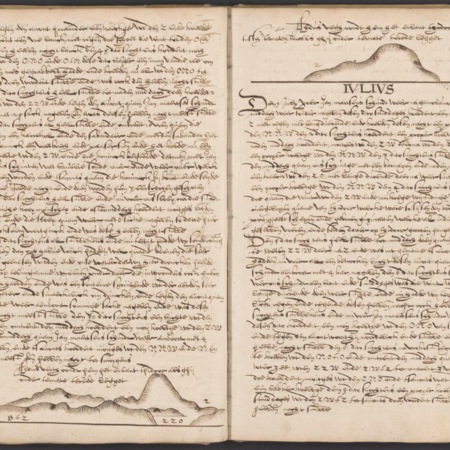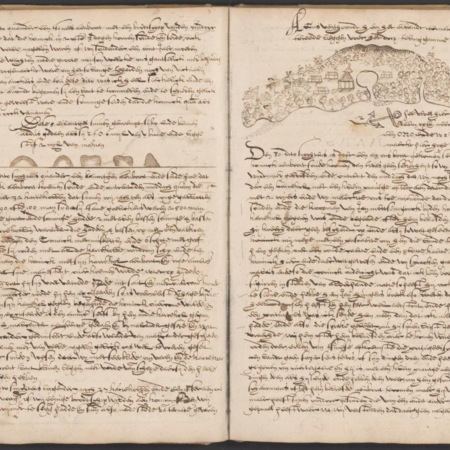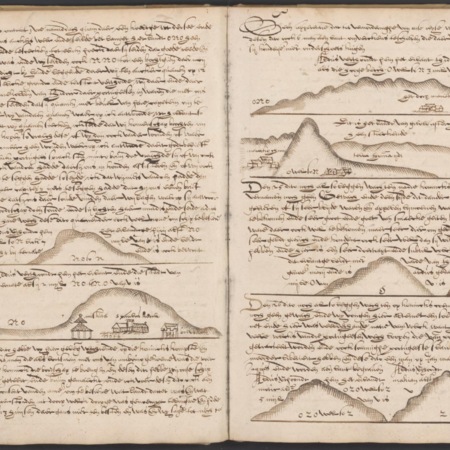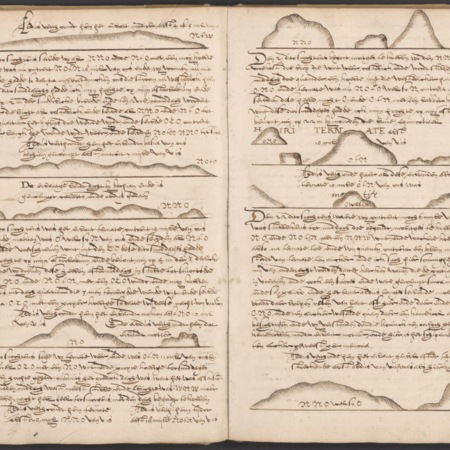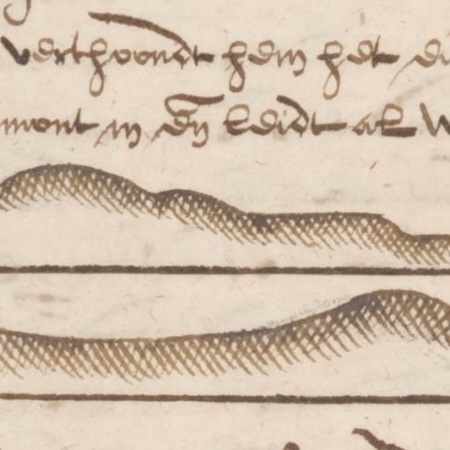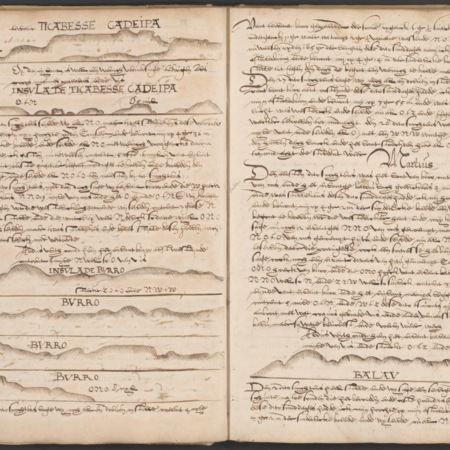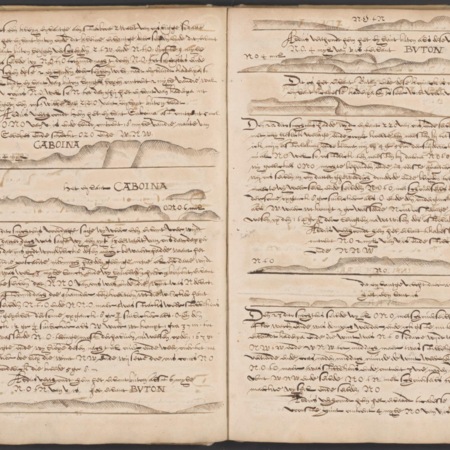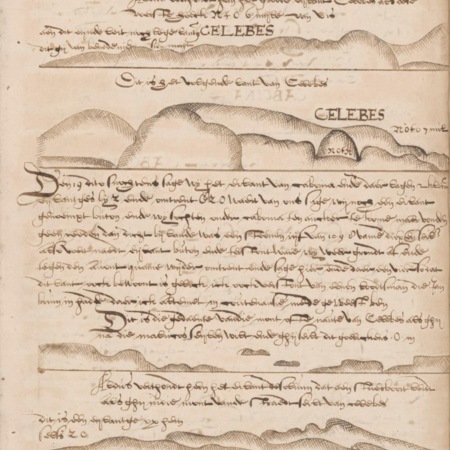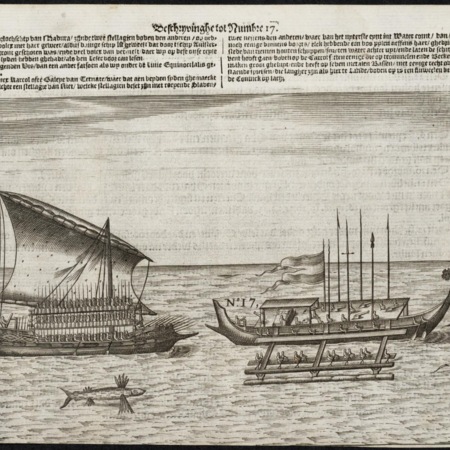Background
Before the creation of the Dutc East India Company (VOC), the 1590s saw the creation of many independent trading companies that sought to participate in Asian trade. The so-called 'Eerste Schipvaart' (First Expedition) organized by the Amsterdam ‘Compagnie van Verre’, despite its meager commercial results, had shown the promise of trade in Southeast Asia. This prompted one of the larger companies, the newly created ‘Oude Compagnie’ to launch an expedition of 8 ships to the region.
The expedition
The expedition launched on 1 May 1598 under the command of Jacob Cornelisz. van Neck. The objective of the expedition was to find opportunities to participate in the spice trade on Java, primarily Bantam, and islands in the east of present-day Indonesia: Ambon, Ternate and Banda. The Tweede Schipvaart was the first Dutch attempt to find direct access to the Moluccan spice trade. The spices produced in these regions, specifically, cloves, nutmeg and mace, were highly coveted on the European market. For a considerable time, Portugal had traded on these islands and the Dutch trading companies wanted to carve out a share of the local market for themselves. After passing the North African coast and then sailing with the prevailing winds in the direction of Brazil, the expedition sailed past the Cape of Good Hope and into the Indian Ocean. Here it briefly stopped at what it named the island of Mauritius – after stadholder Maurits of Orange. This island was home to the flightless dodo. The expedition then sailed on, passed to the west of the island of Sumatra and then arrived at the Bantam sultanate on. Not all ships arrived at the same time, but all eventually found their way to this destination. Four ships remained at Bantam to trade, while four others were sent on to the Moluccas.
NB The route as shown on the map is strongly simplified. The multiple occasions where the ships split up and rejoined are too complicated to present a complete and detailed overview.
